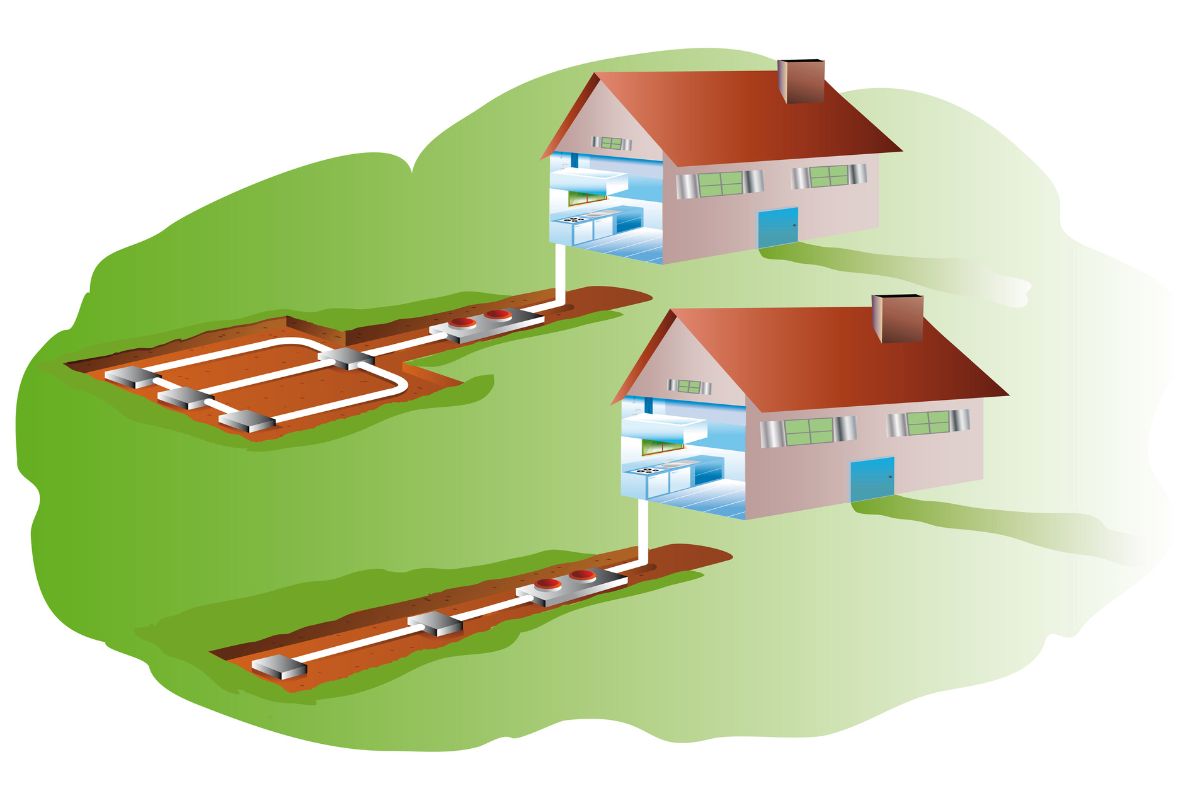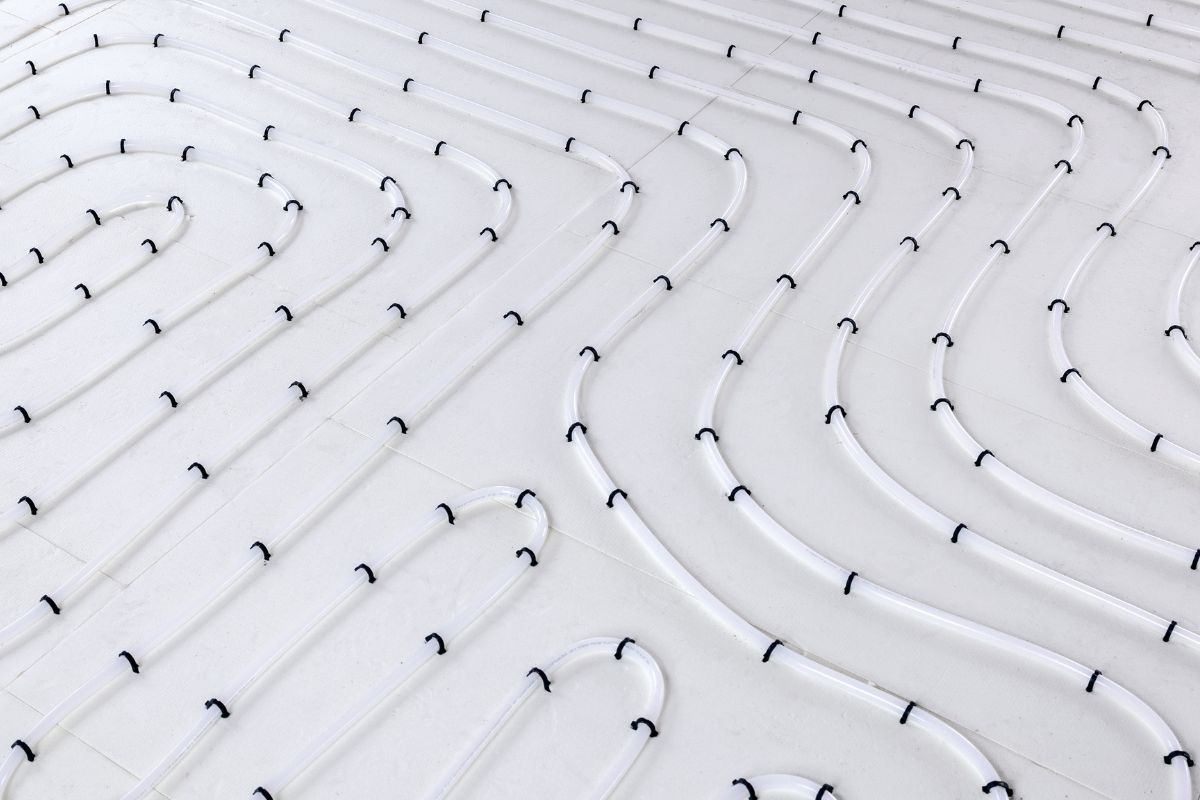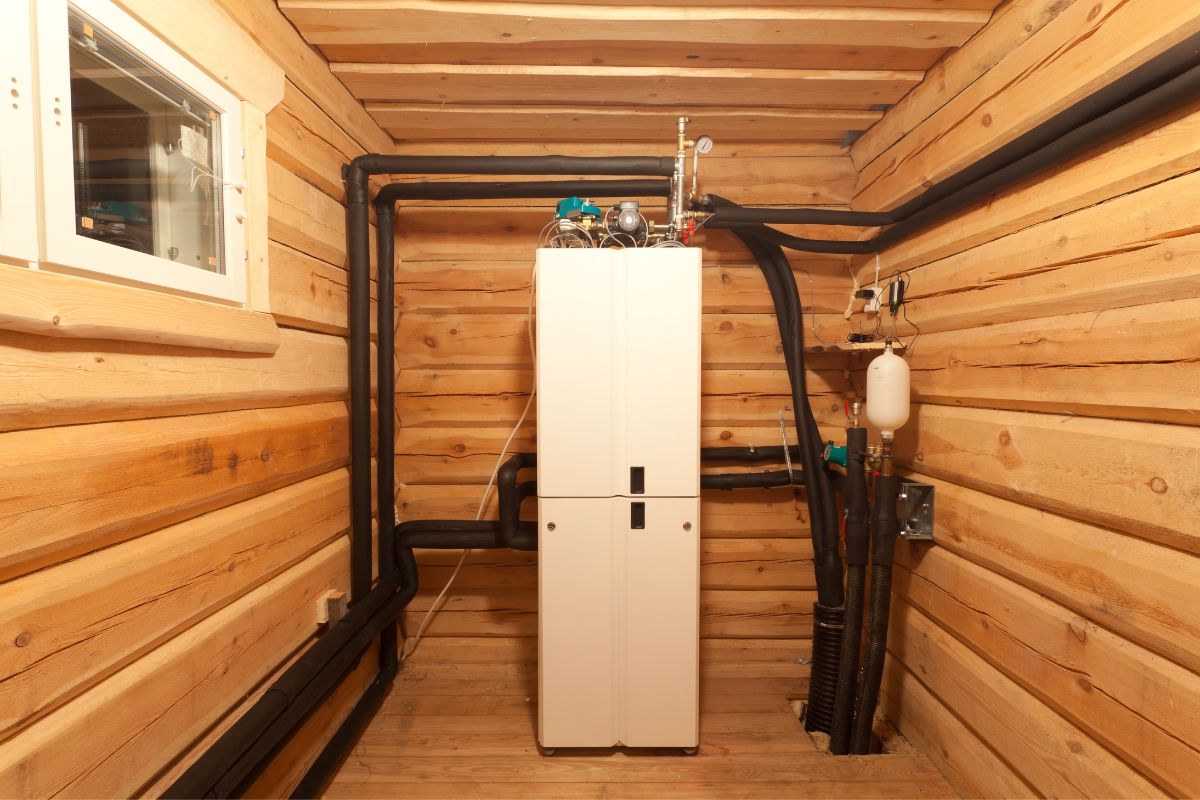We often hear about solar, wind, and hydropower, but there’s another essential form of renewable energy based on technology that has been around for over a century. I’m talking, of course, about geothermal energy.

Geothermal energy refers to heat extracted from the Earth’s interior via man-made wells. This thermal energy can then be converted into electricity or used to heat buildings.
Now, I know that probably raises more questions than it answers, but stick with me and you’ll be a geothermal buff in no time!
Why Is There Heat Beneath The Earth’s Surface?
We all know that the Earth has a molten core, but what many may not be aware of is that you don’t have to dig all the way down to this fiery crucible to feel the heat!
Below the surface of the earth, there are secret thermal processes unfolding at all times, a radioactive decaying of minerals and the natural cooling of the Earth from the cosmic heat of its formation.
These are the sources of heat people are referencing when talking about geothermal energy.
This energy is ever-present, superheating the liquid beneath the Earth’s surface until it filters up through small reservoirs, and in some cases, creates so much pressure that water or steam escapes through the crust of the Earth.
Have you ever seen a geyser in action? Well, this is a prime example of geothermal energy letting off steam naturally.
How Do We Access Geothermal Energy?
As I’m sure you’ve guessed, we access the Earth’s geothermal energy by drilling down beneath the crust.
How deep, you ask? Well, the typical geothermal well extends between 3 and 10 kilometers beneath the surface. How deep you have to delve depends on the geographical details of the area.
How Do We Extract Geothermal Energy?
It’s one thing digging such a deep hole in the Earth that it starts to get a little warm, but utilizing this thermal energy is a whole new challenge, to which we’ve come up with many solutions.
The oldest method utilizes steam, turbines, and electric generators. This kind of facility is known as a dry steam power plant.
Dry Steam Power Plants
With turbines and generators in place, all that’s left to do is connect them to a geothermal well. The hot water and steam rise from the well, turning the turbines that transfer the kinetic energy into electrical energy.
Flash Steam Power Plants
Flash steam power plants offer a more renewable slant on the harvesting of geothermal energy, utilizing hot water from wells that is subsequently converted into steam above ground, which is in turn used to power turbines.
However, once the steam cools and transitions back into a liquid, the water is cycled back down into the depths of the Earth for reuse.
Binary Cycle Power Plants
Binary cycle power plants use two closed-loop systems in order to increase the efficiency and renewability of geothermal energy.
These plants pump moderately heated geothermal liquid around a closed loop that at one point meets up with another closed loop containing a second fluid with a significantly lower boiling point.
Despite not being that hot, the geothermal liquid boils the secondary liquid, creating steam that can be used to power the turbine.
Enhanced Geothermal Systems
The permeability and fluid saturation of subsurface rock is key to setting up any of the aforementioned geothermal power plants, which is incredibly limiting, but enhanced geothermal systems aren’t nearly as reliant on pristine environmental circumstances.
These power plants dig down into hot, dry rock, then pipe cold water into the hole, causing the rock to expand and contract, thus opening pre-existing fractures that had been all but sealed.
A second hole is drilled above these cracks, providing a collection point for the steam from the new reservoirs. The steam is then funneled up to a turbine where it’s used to generate electricity.
What Are The Benefits Of Geothermal Energy?

Renewability & Low Carbon
Modern harvesting techniques have made naturally occurring geothermal energy a renewable resource, meaning we have a hypothetically limitless supply of green energy toiling beneath our feet.
What’s more, an entire geothermal plant produces roughly 80% less carbon dioxide than a natural gas facility, meaning it’s a clean energy source in terms of composition and acquisition.
Consistency
While solar and wind power are essential eco tools, they’re limited by climate as the seasons unfold. Geothermal energy, by contrast, provides power year-round, no matter the weather, making it a solid ancillary resource to primary energy systems.
Affordability
Geothermal energy is incredibly cheap to harvest, making it a cost-effective power solution in a world where the cost of living is getting out of hand.
Low Maintenance
It’s also a remarkably low-maintenance form of green energy, which lowers the dangers involved with harvesting and using it, and again, keeps costs nice and low.
What Are The Limitations Of Geothermal Energy?
Installment Costs
Geothermal energy may be cheap once you’ve got a plant up and running, but finding it in the first place poses a real challenge. It involves some exploratory drilling in what we can only guess as being reservoir-rich locations. Should those locations prove to be unsatisfactory, it’s a lot of money down the drain.
It’s thought that these exploration costs alongside the funds required to actually set up a power plant when a suitable location has been found come to between $2.5 and $5 million.
Compared to the cost of setting up a solar or wind power plant, this is astronomical, which is part of the reason why this field of green energy is scarcely invested in.
Induced Seismic Activity
There is a minuscule chance that the cold water used in EGS operations can induce seismic activity that would otherwise not take place for many years, as was the case in South Korea when a magnitude 5.5 quake devastated the city of Pohang.
Requires Responsible Development
When responsibly harvested, geothermal energy is one of our best green resources, but when harvested irresponsibly with outdated techniques, it can release greenhouse gasses into the atmosphere.
Final Thoughts
While low investment puts the brakes on the game-changing potential of geothermal energy, there’s no doubt that it’s going to be at least a huge supplementary energy source moving forwards, and eventually, it might even account for the majority of the world’s energy.
However, to get to that stage, there needs to be a lot more research carried out addressing the technical quandaries that geothermal energy poses — It’s all a work in progress!


